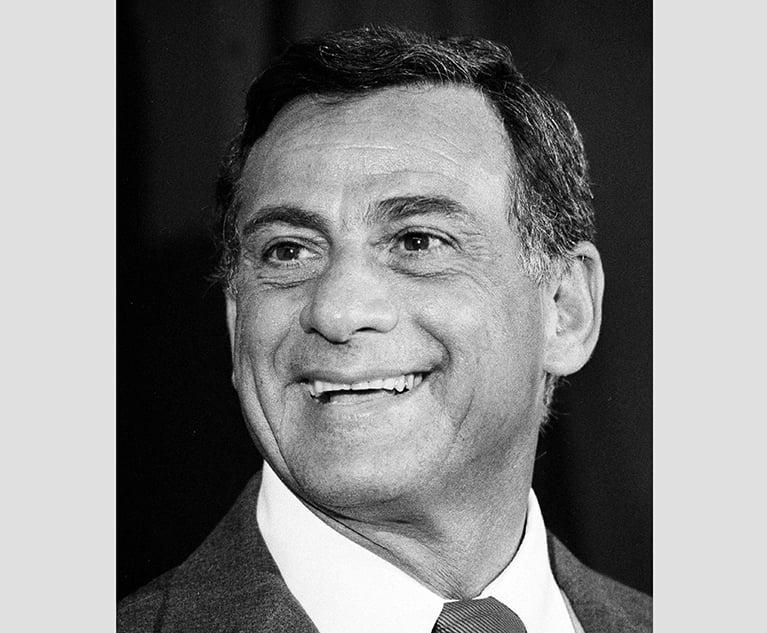The named plaintiffs in a putative class action must offer affirmative evidence—beyond just the allegations in their complaint—sufficient to satisfy each of the elements of Federal Rule of Civil Procedure 23. Among other things, they must show that there are questions of law or fact common to the class, and the claims or defenses of the named plaintiffs are typical of the claims or defenses of the class. To gather evidence to make these showings, the named plaintiffs are entitled to conduct discovery of the defendant, and they also are subject to discovery by the defendant. Sometimes, however, a defendant seeks discovery not only of the named plaintiffs, but also of other members of the putative class—i.e., individuals who fall within the class definition, but who did not elect to join the lawsuit, may not even know about the lawsuit, and may not even know that they may have been wronged by the defendant. In such circumstances, courts must address the extent to which such absent class members should be subjected to discovery.
Southern District Judge Lewis J. Liman recently addressed this issue in Fishon v. Peloton Interactive, 2020 WL 4284154 (S.D.N.Y. July 27, 2020). In Fishon, Liman concluded that, under the specific circumstances of this case, the defendant’s need for discovery from absent class members outweighed the burden that the discovery would impose on the absent class members, and he therefore authorized it.


 Edward M. Spiro and Christopher B. Harwood
Edward M. Spiro and Christopher B. Harwood




